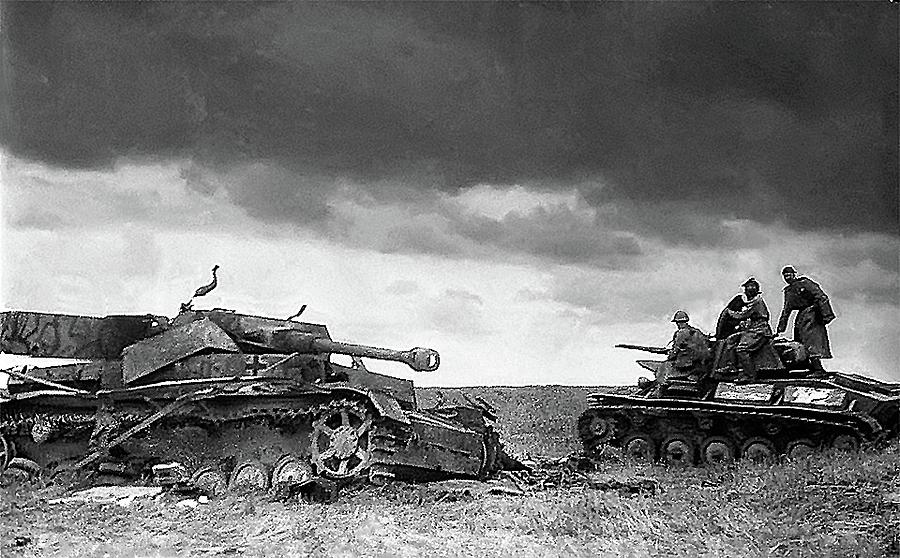

As part of this literature review, comments regarding both the value and shortcomings of these works will be made to show why they were used and to what degree they proved helpful. In addition to English-language sources, Russian and German primary and secondary materials were extensively consulted. The first chapter will be devoted to explaining how the author utilized various sources in the examination of this subject. However, for the purposes of this thesis, focus shall be assigned to the 1936 Provisional Field Regulations as the primary source for what the author shall later identify as the ten principles of Soviet operational art. The guiding principles which formed the basis of operational art were proscribed within many of the Red Army’s prewar and wartime theoretical writings, many of which coalesced unto the pages of several Red Army field manuals. Moreover, the ever-increasing series of strategic victories which eventually led to Nazi Germany’s final defeat, beginning in late 1942, revealed the importance that offensive doctrine held for the Red Army leaders. From an army on the cusp of annihilation to one that quickly recovered to vanquish the invading forces of Nazi Germany, this resurgence can be traced in part to its mastery of operational art. Over the course of the Great Patriotic War, fought from 22 June, 1941 to 9 May, 1945, there was a dramatic transformation in the way the Red Army conducted battle.


 0 kommentar(er)
0 kommentar(er)
